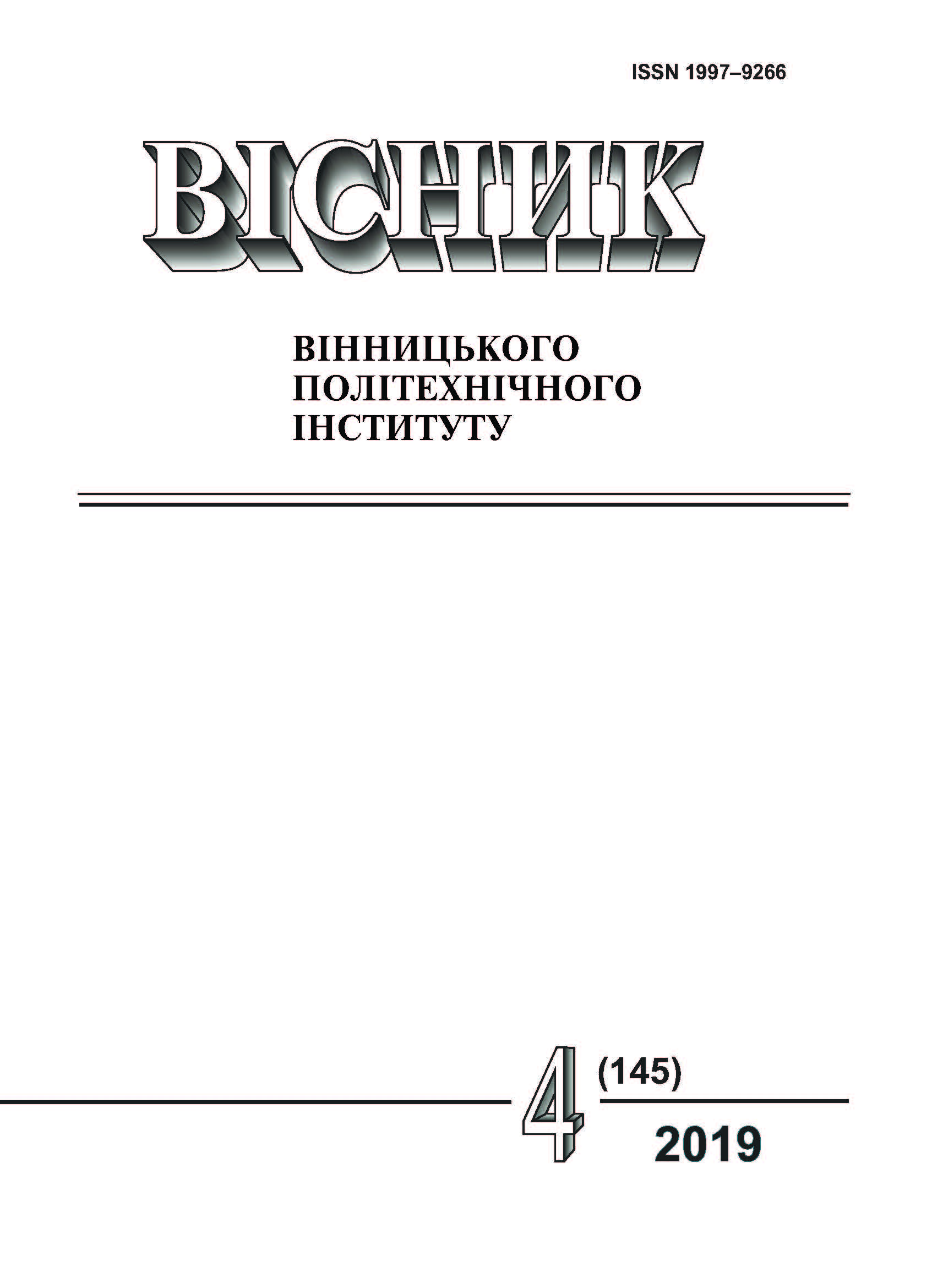Improvement of Radiation Stability of Energy-dependent Storage Devices Based on Chalcogenide Glassy Semiconductors
DOI:
https://doi.org/10.31649/1997-9266-2019-145-4-116-123Keywords:
chalcogenide glassy semiconductors, radiation stability, dose of irradiation, , non-volatile storage, access memory, phase transition, amorphus semiconductors, threshold voltage, physical model of the memory cell, switching delay timeAbstract
The work is aimed at increasing the radiation resistance of storage devices, which are one of the main elements in the construction of information processing systems.
The proposed structure of a radiation-resistant memory cell, in which a film of a chalcogenide vitreous semiconductor is used as a switching element, and a unipolar transistor serves as a decisive element. The switching element is resistant to radiation, and the radiation stability of a unipolar transistor is several orders of magnitude lower. Therefore, a method for increasing the radiation stability of unipolar transistors is proposed. To eliminate the change in the parameters of unipolar transistors under the action of ionizing radiation on the processes occurring in the subgap layer of the dielectric and at the interface between silicon and silicon dioxide, it helps to accumulate a positive charge in the manufacture of such a transistor, prior to the high-temperature formation of the subgap layer of the dielectric, to conduct the subgap region of the semiconductor substrate ion implantation of fluorine, which diffuses into this layer. In addition, not silicon dioxide, but silicon nitride — Si3N4 is used as the sub-barrier layer of the dielectric, which also contributes to an increase in radiation stability.
A physical model of a memory cell based on chalcogenide glassy semiconductors has been developed, and analytical expressions have been proposed to calculate the dependence of the model parameters on the radiation dose.
References
А. И. Белоус, и С. В. Шведов, Космическая электроника. Москва: Техносфера, 2015, 696 с.
Ф. П. Коршунов, Ю. В. Богатырев, А. И. Белоус, С. В. Шведов, и В. С. Малышев, «Радиационные эффекты в элементах субмикронных КМОП интегральных схем,» Доклады БГУИР. Минск, 2011.
В. К. Кириленко, В. М. Мар’ян, М. О. Дуркот, та В. М. Рубіш, «Дослідження аморфних халькогенідних матеріалів елементів пам’яті на основі фазових переходів,» Реєстрація, зберігання і обробка даних, т. 16, № 2, с. 7-13, 2014.
К. О. Петросянц, Л. М. Самбурский, и И. А. Харитонов, «Компактная макромодель КНИ/КНС МОП-транзистора, учитывающая радиационные эффекты,» Известия вузов. Электроника, № 1(87), 2011.
К. И. Таперо, В. Н. Улимов, и А. М. Членов, Радиационные эффекты в кремниевых интегральных схемах космического применения. Москва, 2009.
В. В. Баранов, А. В. Прибыльский, «Методы повышения устойчивости КМОП БИС к внешним воздействиям,» Доклады БГУИР, т. 1, № 1, с. 102-106, 2003.
А. П. Лазарь, и Ф. П. Коршунов, «Моделирование радиационной стойкости элементов логических КМОП интегральных микросхем,» Доклады БГУИР, № 5, с. 17-23, 2013.
Downloads
-
PDF (Українська)
Downloads: 191
Published
How to Cite
Issue
Section
License
Authors who publish with this journal agree to the following terms:
- Authors retain copyright and grant the journal right of first publication.
- Authors are able to enter into separate, additional contractual arrangements for the non-exclusive distribution of the journal's published version of the work (e.g., post it to an institutional repository or publish it in a book), with an acknowledgment of its initial publication in this journal.
- Authors are permitted and encouraged to post their work online (e.g., in institutional repositories or on their website) prior to and during the submission process, as it can lead to productive exchanges, as well as earlier and greater citation of published work (See The Effect of Open Access).





